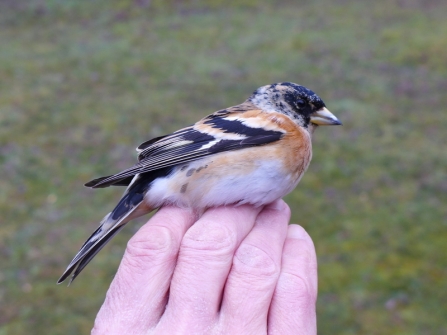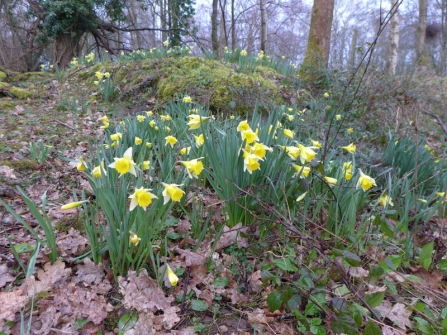So far I have been disappointed, but yesterday visitors to the reserve were reporting chiffchaff singing near Ivy North hide and a little ringed plover on Ibsley Water. Chiffchaff will over-winter on the reserve, although this year none were seen after the New Year so I don’t think there is any real doubt this was a new arrival.
As the summer visitors start arriving many of the winter visitors are leaving, this is especially noticeable on Ivy Lake where there were around a thousand wildfowl only a couple of weeks or so ago, now there are little more than a hundred. Some winter visitors are still with us though, brambling can be seen regularly around the feeders and at the last ringing session four were caught.



